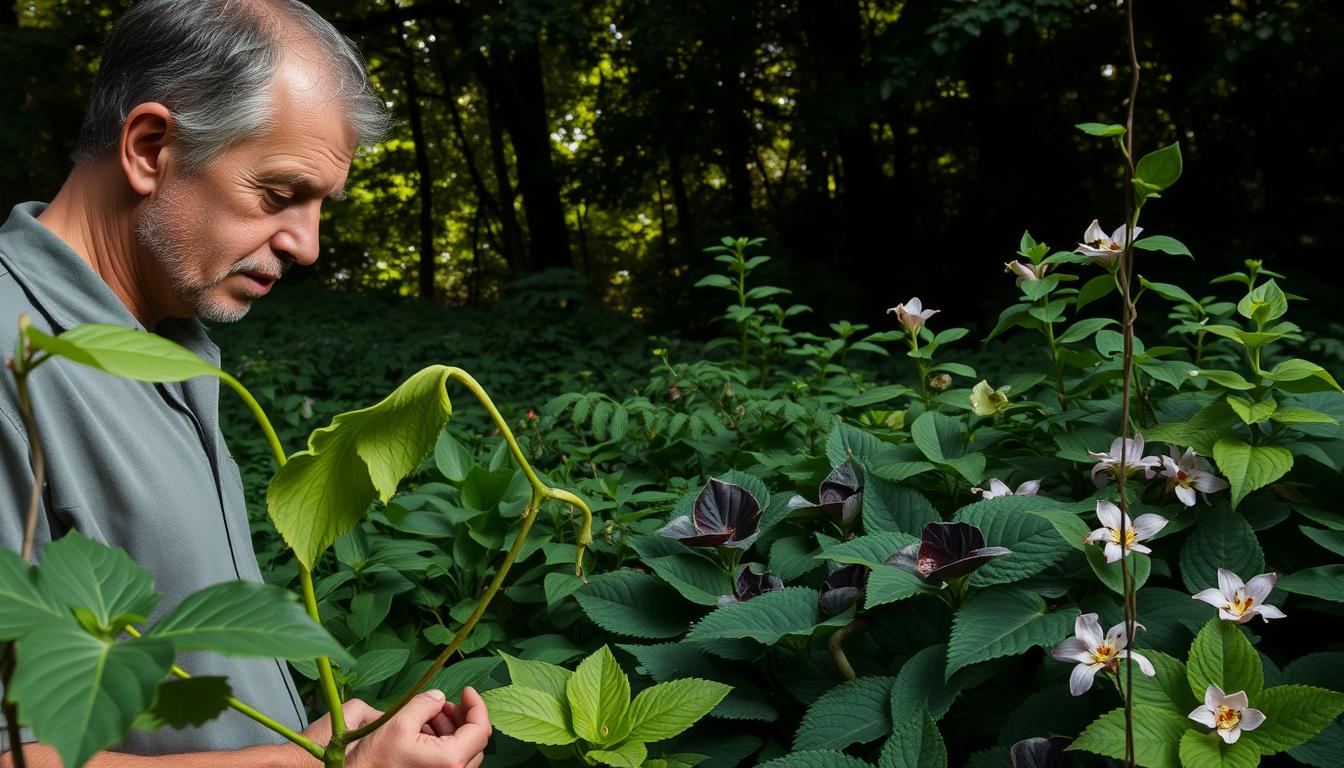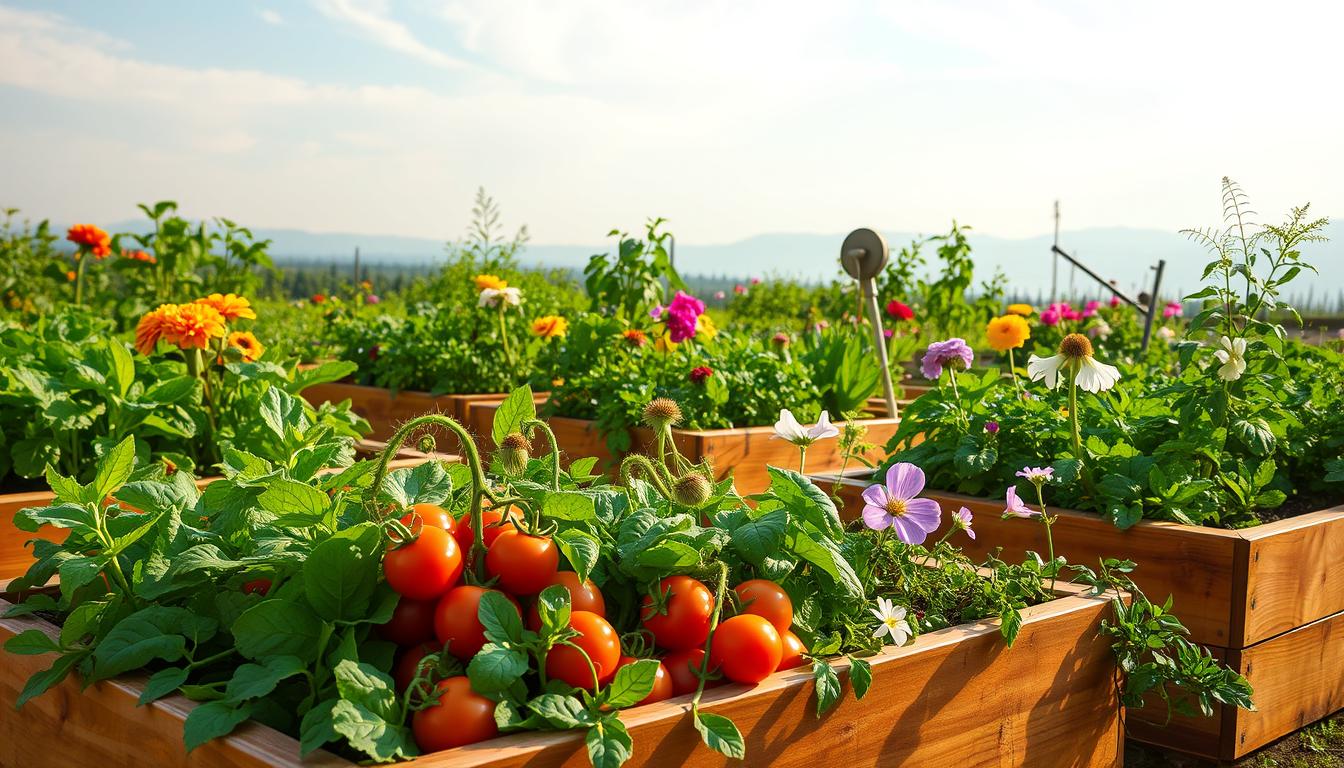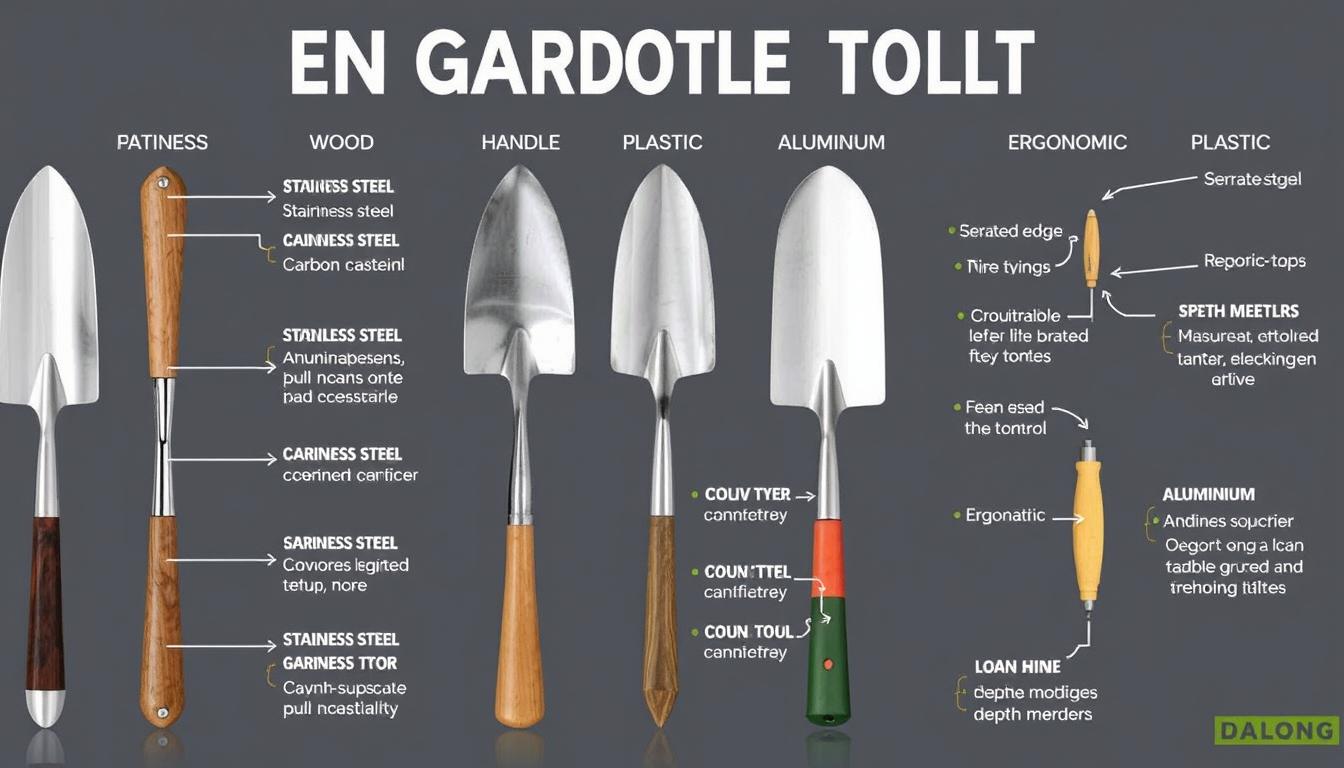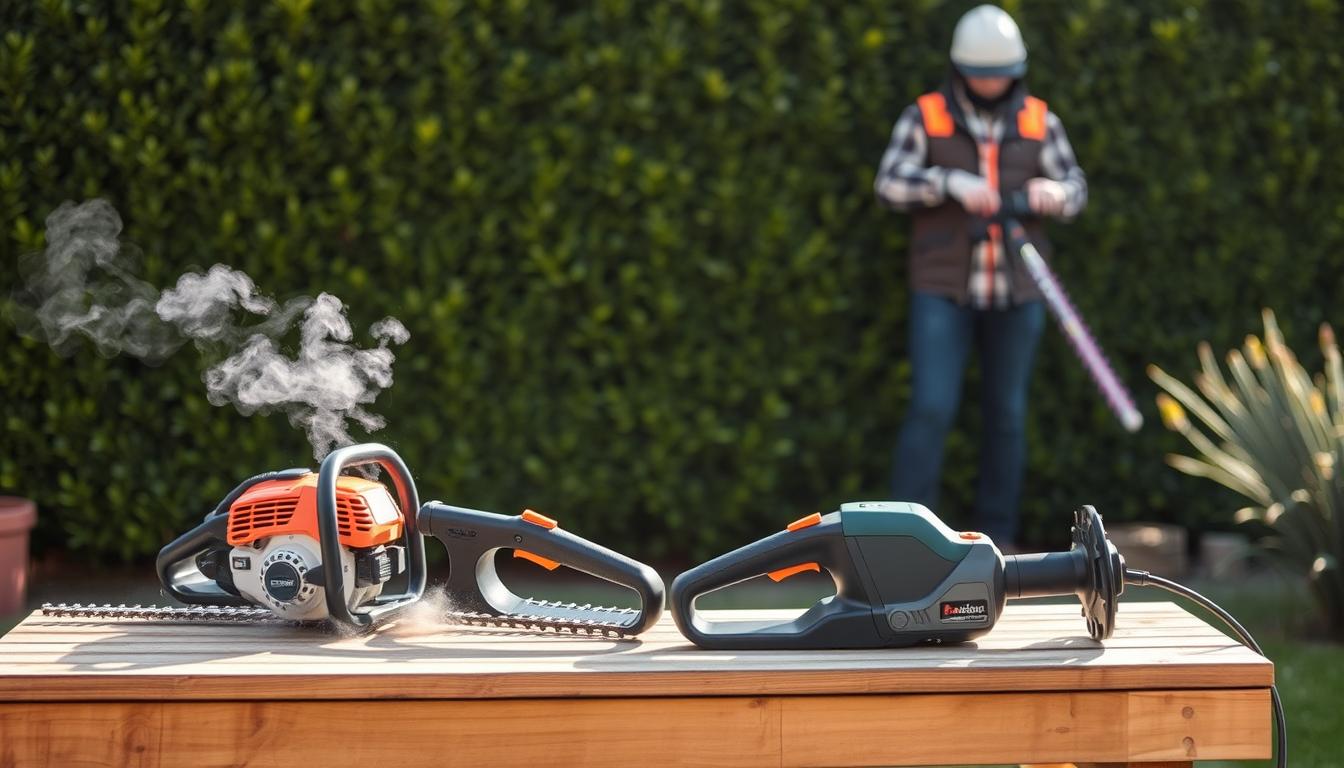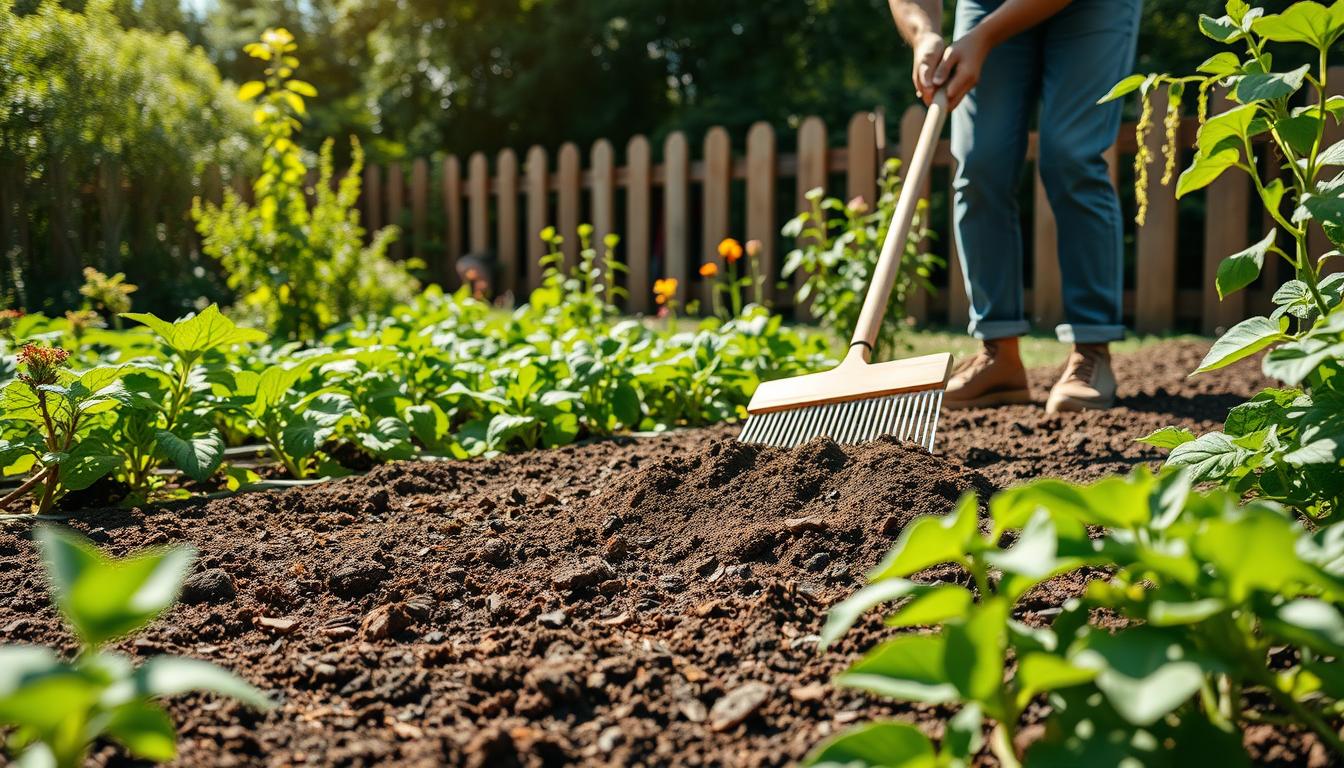When it comes to raised garden beds, gardeners often face a dilemma: should they grow vegetables or flowers? Both options have their benefits and drawbacks. Vegetable gardening provides a bounty of fresh produce, while flowers add beauty and vibrancy to the garden. Understanding the gardening tips and considerations for each option is crucial. Factors such as climate, soil type, and maintenance requirements play a significant role in deciding what to grow. By choosing the right plants for your raised garden beds, you can create a thriving and enjoyable garden. The Benefits of Raised Garden Beds Raised garden beds offer a multitude of benefits that make gardening more accessible and productive. Whether you’re a seasoned gardener or just starting out, understanding these advantages can help you make the most of your gardening experience. Improved Drainage and Soil Quality One of the primary benefits of raised garden beds is their ability to improve drainage and soil quality. By elevating the soil, you can prevent waterlogged soil conditions that often lead to root rot and other problems. Additionally, raised beds allow you to control the soil composition more effectively, ensuring your plants receive the nutrients they need. Reduced Back Strain and Easier Maintenance Gardening can be a physically demanding activity, especially for those with back issues. Raised garden beds help alleviate this problem by allowing you to tend to your plants without having to bend or stoop. This not only reduces back strain but also makes maintenance tasks like weeding and harvesting easier. Extended Growing Season Raised beds warm up faster in the spring, extending the growing season for your plants. This is particularly beneficial for gardeners in cooler climates, as it allows them to start planting earlier in the year. Furthermore, the improved drainage helps prevent frost damage, protecting your plants during unexpected cold snaps. Space Efficiency and Weed Control Raised garden beds are highly efficient in terms of space usage. They allow you to make the most of your available gardening area, making it possible to grow more plants in a smaller footprint. Additionally, the defined boundaries of raised beds help suppress weed growth, reducing the time spent on weeding and other maintenance tasks. In summary, raised garden beds offer numerous gardening advantages, from improved soil quality and drainage to reduced physical strain and extended growing seasons. By incorporating raised beds into your gardening strategy, you can create a more productive and enjoyable gardening experience. Growing Vegetables in Raised Garden Beds For gardeners looking to maximize their vegetable yield, raised garden beds are an excellent choice. They offer improved soil quality, better drainage, and reduced strain on the back, making the gardening experience more enjoyable and productive. Popular Vegetables for Raised Beds Raised beds are versatile and can support a wide range of vegetables. Some of the most popular choices include tomatoes, leafy greens like lettuce and spinach, and root vegetables such as carrots and beets. These vegetables thrive in the well-draining, loose soil that raised beds provide. Space Requirements for Vegetable Plants Understanding the space requirements for different vegetable plants is crucial for maximizing yield. For instance, tomatoes and peppers need more space compared to lettuce or spinach. Proper spacing ensures that each plant receives adequate sunlight and air circulation, promoting healthy growth. Depth Requirements for Different Root Systems The depth of the raised bed is another important consideration. Vegetables like carrots and potatoes require deeper soil to accommodate their root systems, while lettuce and herbs can thrive in shallower conditions. Ensuring the bed is deep enough for the chosen vegetables is key to a successful harvest. Yield Expectations and Harvest Planning Understanding the yield expectations of different vegetables and planning the harvest accordingly can help gardeners make the most of their raised beds. Succession planting, where seeds are sown at intervals, can extend the harvest season for crops like lettuce and radishes. Planning ahead ensures a continuous supply of fresh produce throughout the growing season. Growing Flowers in Raised Garden Beds Raised garden beds are an ideal place to cultivate a variety of beautiful flowers. They offer improved drainage, better soil quality, and reduced back strain, making them perfect for growing a wide range of flower varieties. Best Flower Varieties for Raised Beds Some of the best flower varieties for raised beds include sunflowers, zinnias, and marigolds. These flowers are not only beautiful but also easy to grow and maintain. They come in a variety of colors and can add a vibrant touch to your garden. Perennial vs. Annual Considerations When choosing flowers for your raised bed, consider whether you prefer perennials or annuals. Perennials come back year after year, while annuals need to be replanted each season. Both types have their advantages, and a mix can provide a dynamic display of flowers throughout the growing season. Aesthetic Planning for Flower Beds Aesthetic planning is crucial when growing flowers in raised beds. Consider the color palette, height, and blooming periods of the flowers to create a visually appealing arrangement. Companion planting can also enhance the beauty and health of your flowers. Pollinator-Friendly Flower Selections Incorporating pollinator-friendly flowers into your raised bed can support local bees and butterflies. Flowers like lavender, coneflowers, and black-eyed susans are excellent choices. They not only add beauty to your garden but also contribute to the health of the ecosystem. By carefully selecting and planning your flower varieties, you can create a stunning and thriving raised bed garden that brings joy and beauty to your outdoor space. Building and Setting Up Your Raised Beds Raised garden beds offer numerous benefits, but their success starts with proper construction and setup. Whether you’re growing vegetables or flowers, the foundation of your garden plays a crucial role in its overall health and productivity. Material Options and Durability The choice of material for your raised beds significantly impacts their durability and the health of your plants. Common materials include wood, metal, and composite materials. Each has its pros and cons. For instance, cedar wood is durable and resistant to rot, while metal beds can get very hot in direct sunlight. When selecting materials, consider factors like durability, cost, and aesthetic appeal. A well-chosen material can ensure your raised beds last for many seasons. Size and Height Considerations The size and height of your raised beds are critical for accessibility and plant growth. A width of 3 to 4 feet is recommended to allow easy access to the center from both sides. The height can vary, but 6 to 12 inches is typical for most plants. Placement for Optimal Sun Exposure Proper placement of your raised beds is essential for maximizing sun exposure. Most vegetables and flowers require at least 6 hours of direct sunlight per day. Consider the orientation of your beds to ensure they receive adequate sunlight throughout the day. Lining and Preparation Before Filling Before filling your raised beds with soil, it’s a good practice to line the bottom with landscape fabric to prevent weeds from growing up into the bed. Ensure the bed is level and then fill it with a mix of topsoil, compost, and other amendments as needed. Material Durability Cost Cedar Wood High Moderate Metal High High Composite … Read more

